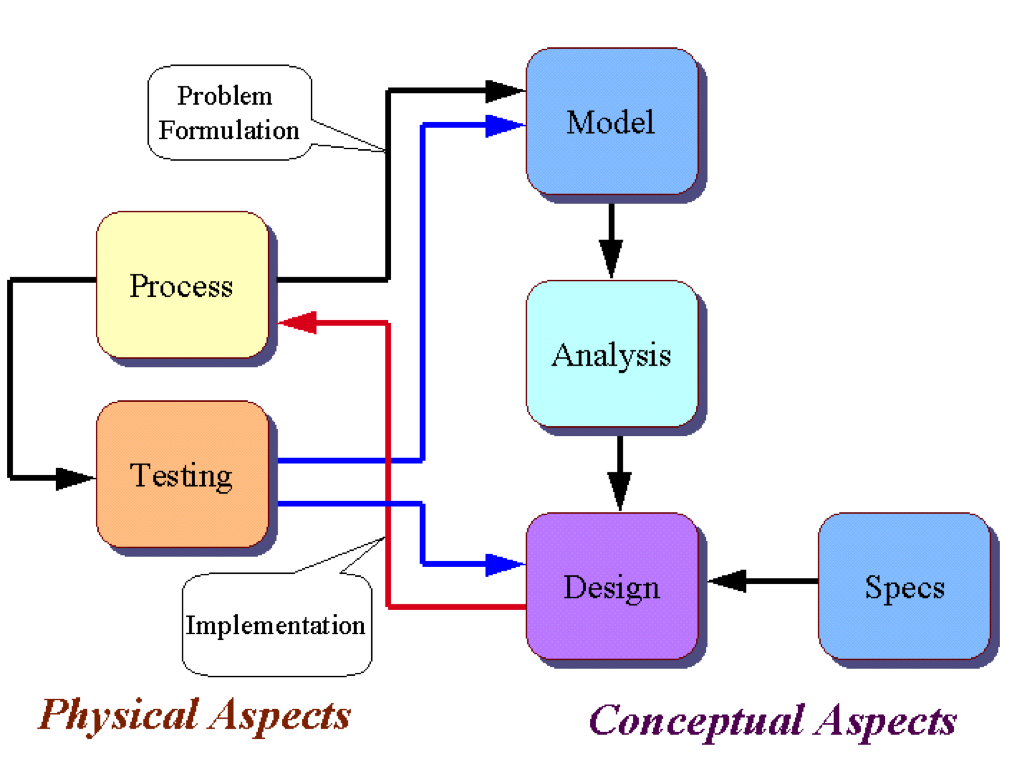Chapter 1
1.3 Control Objectives
- Implicit objective and First Priority: no damage, safety considerations – i.e.
- Once the system is stable, then what?
- Explicit objectives:
- Tracking
- In steady state
- In transient state
- Disturbance Rejection.
- Tracking
Tracking: The objective is to force the process output to follow, or track, a desired reference signal. We will concentrate on Steady State Tracking of steps, ramps, and slowly time varying signals as well as on Transient Tracking – we will focus on one particular type of response – Step (i.e. response to a step reference), because of its discontinuity. It is a very harsh input to a system and all dynamic limitations of the system will be laid bare by it.
Special case of Tracking – REGULATION: the reference signal is constant (can be zero). Control objective focuses on maintaining Steady State, regardless of possible Disturbance and/or Parameter Shift.
Disturbance Rejection: The objective is to make sure that the process output follows, or tracks, a desired reference signal, despite any unwanted additional inputs, i.e. disturbances.
Question: What is noise, as opposed to disturbance? Can you give examples of noise in the context of control systems?
1.3.1 Control Methodology
Control objectives must be achieved within:
- Established measures of system performance
- Practical limitations imposed by the equipment


